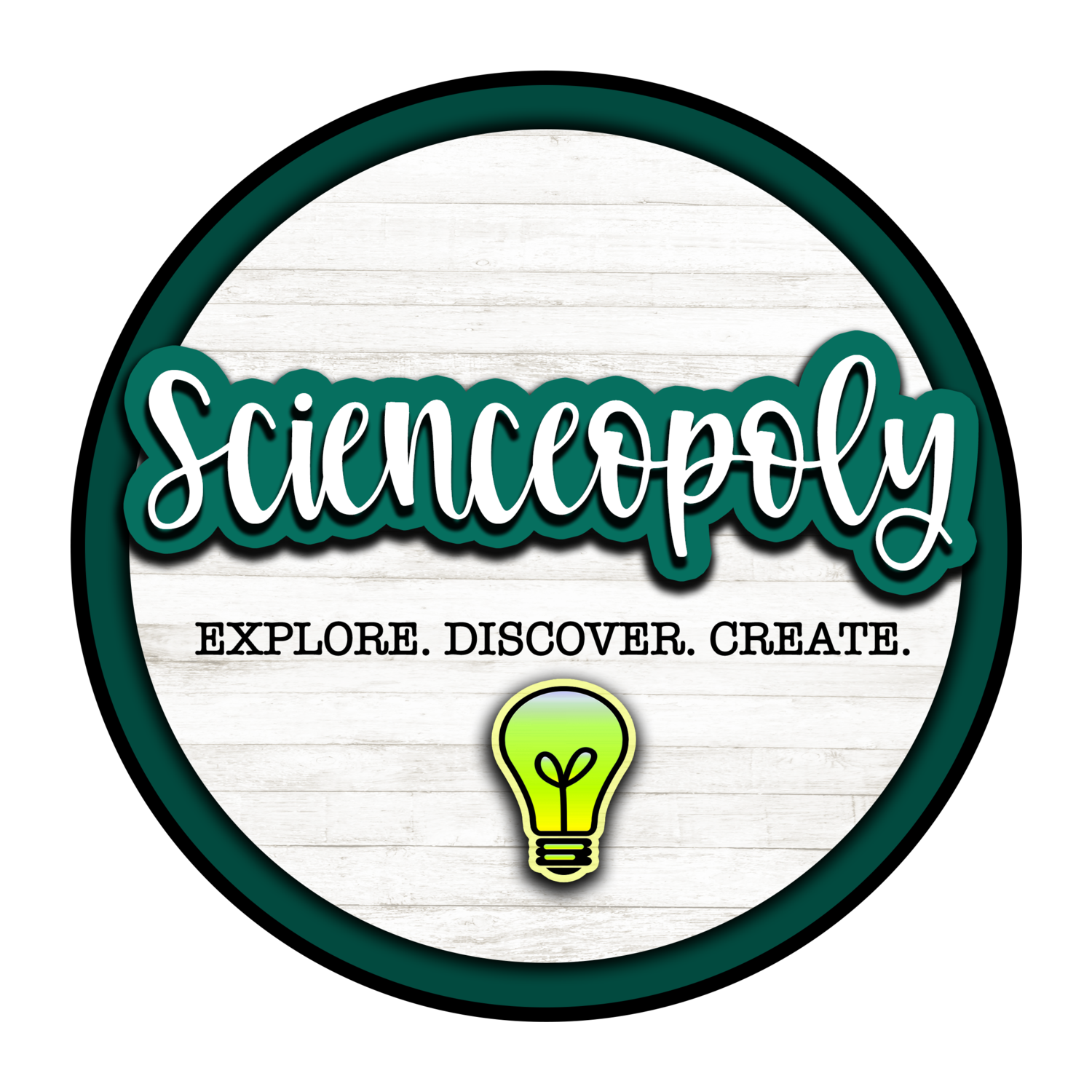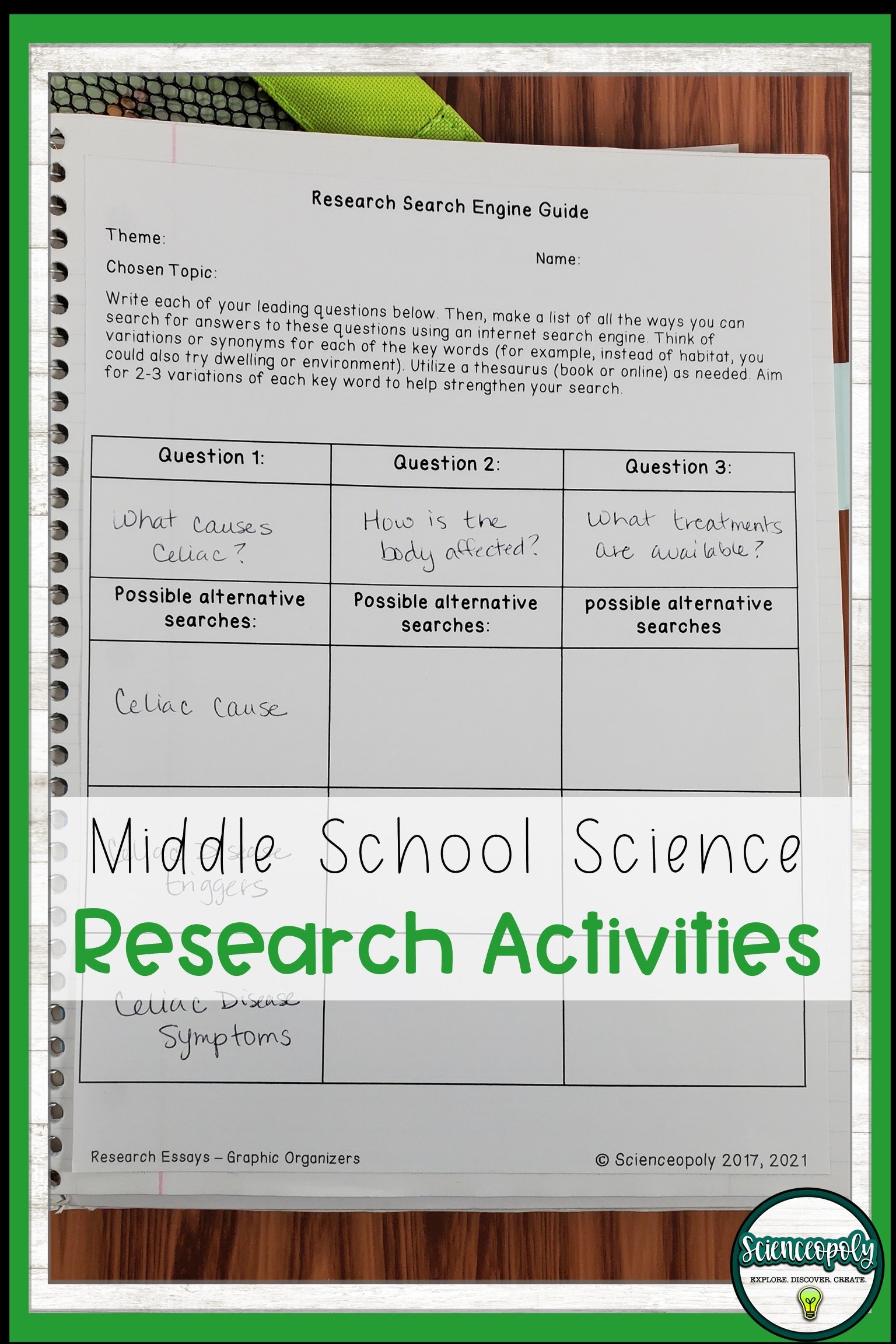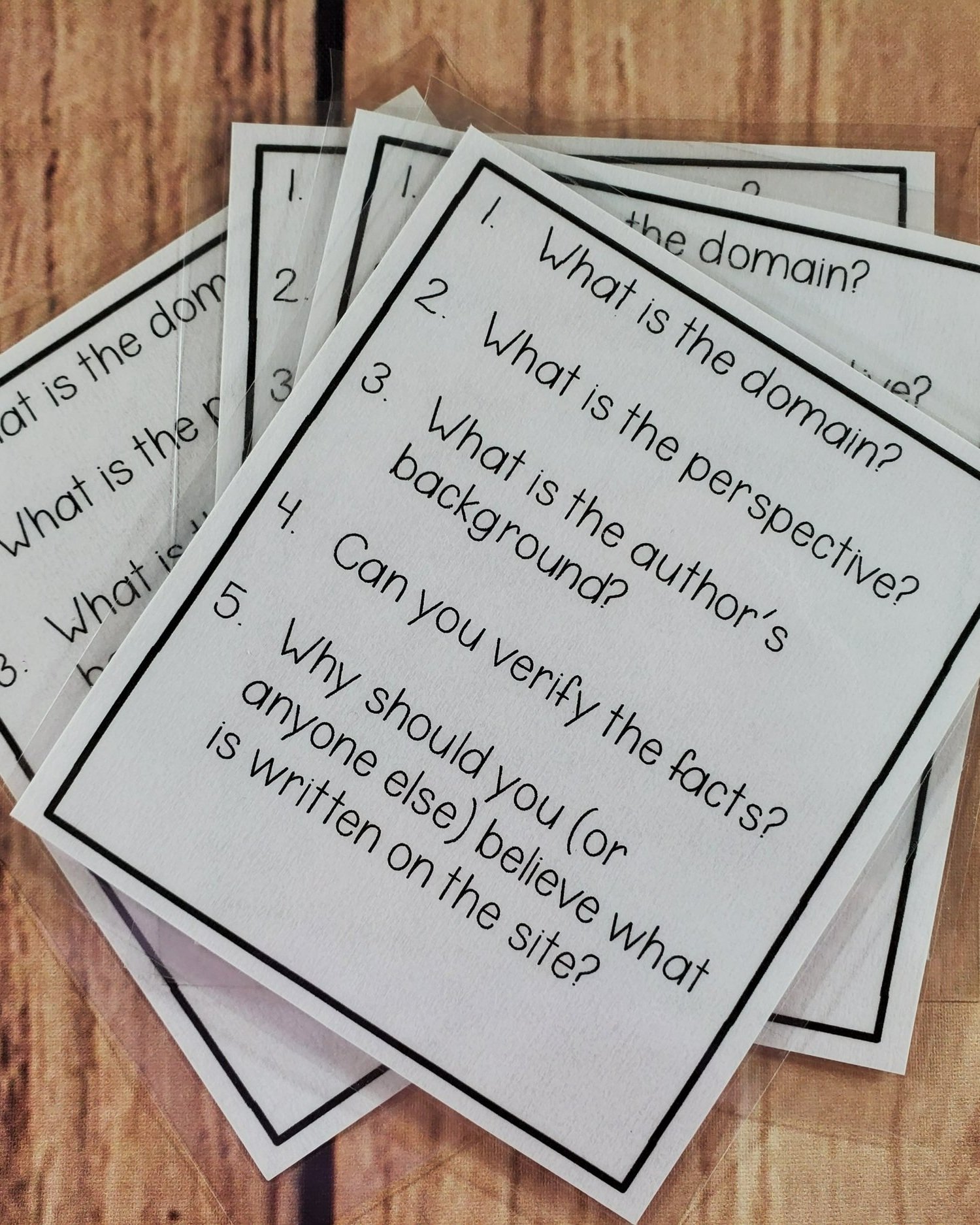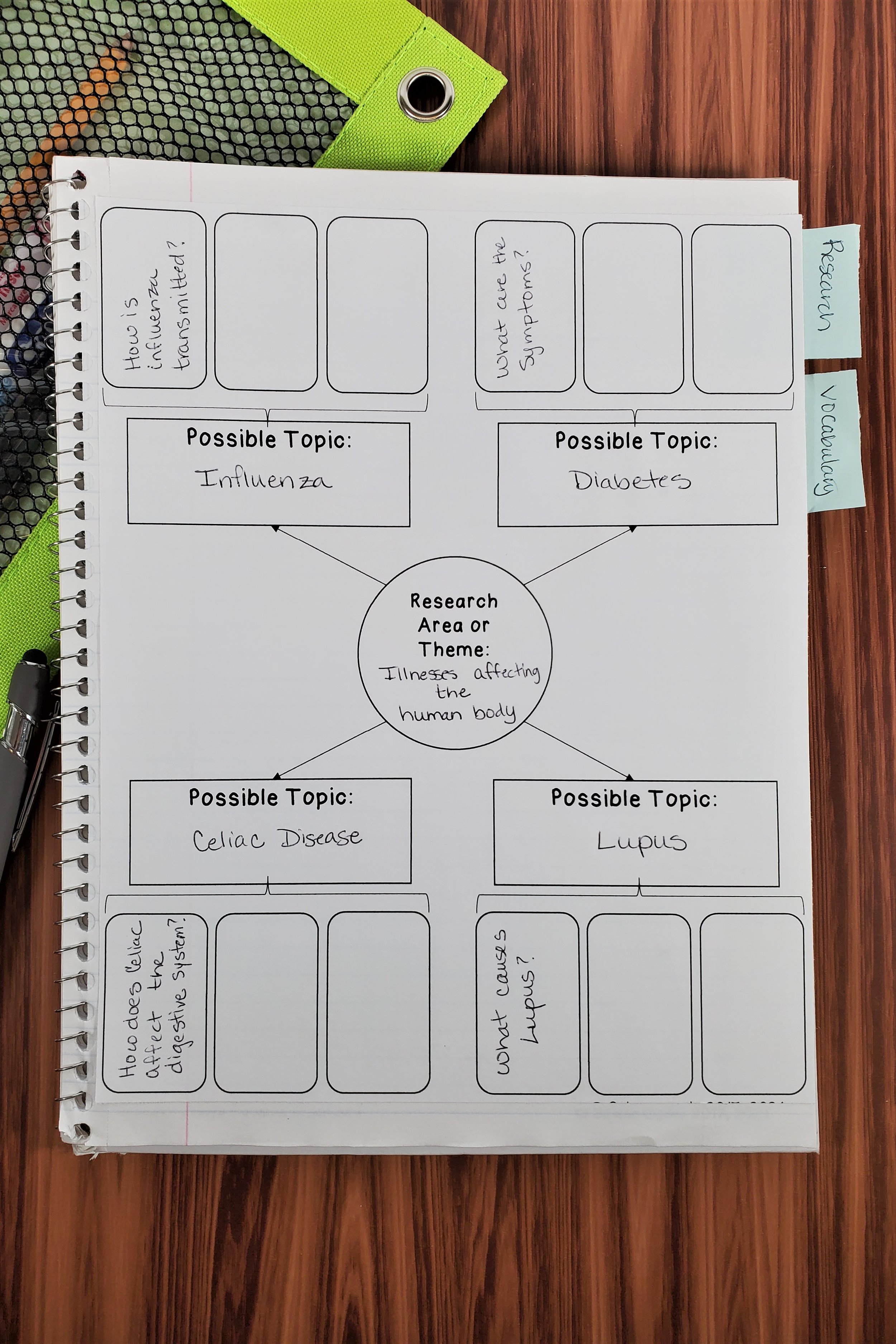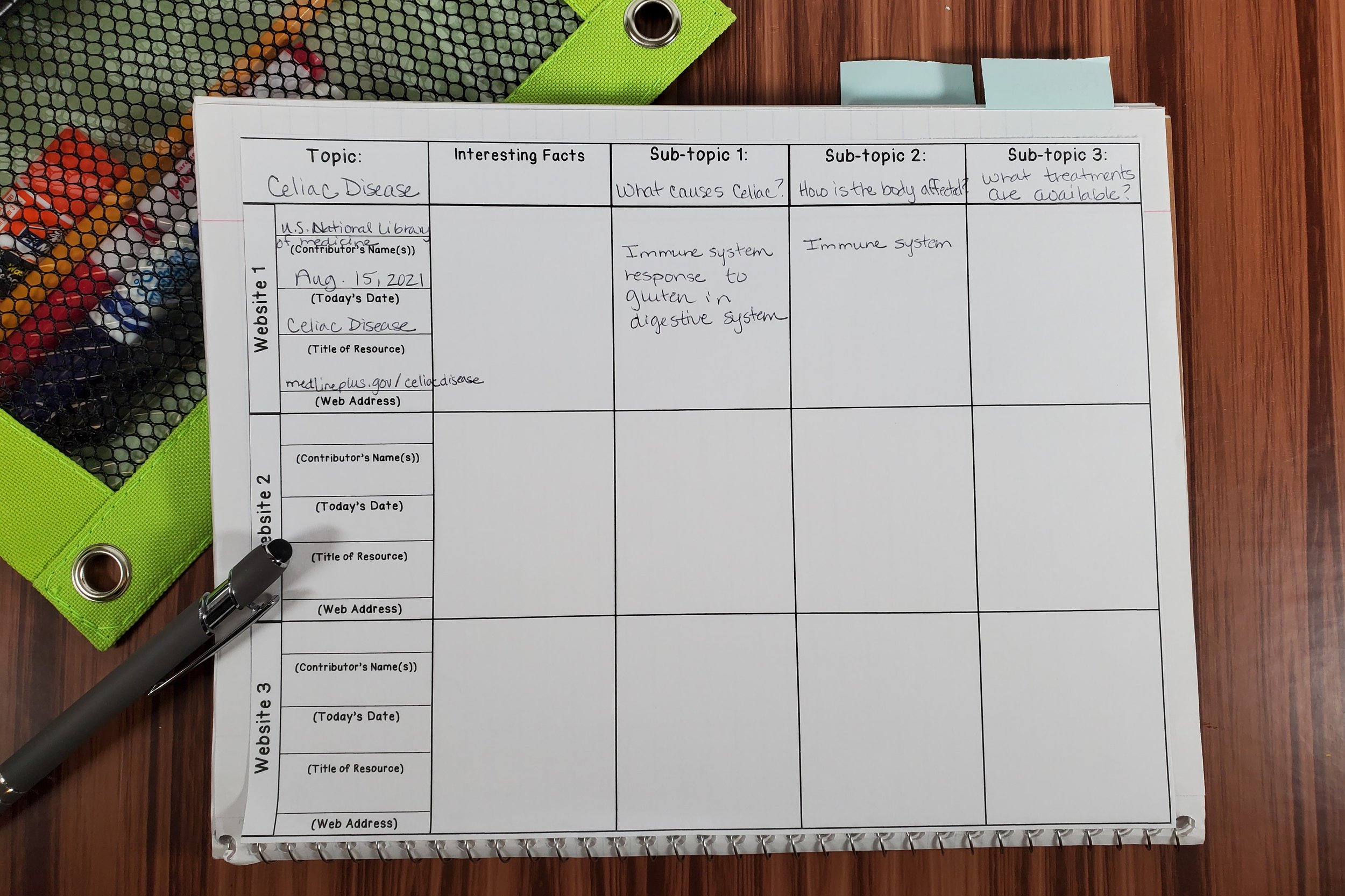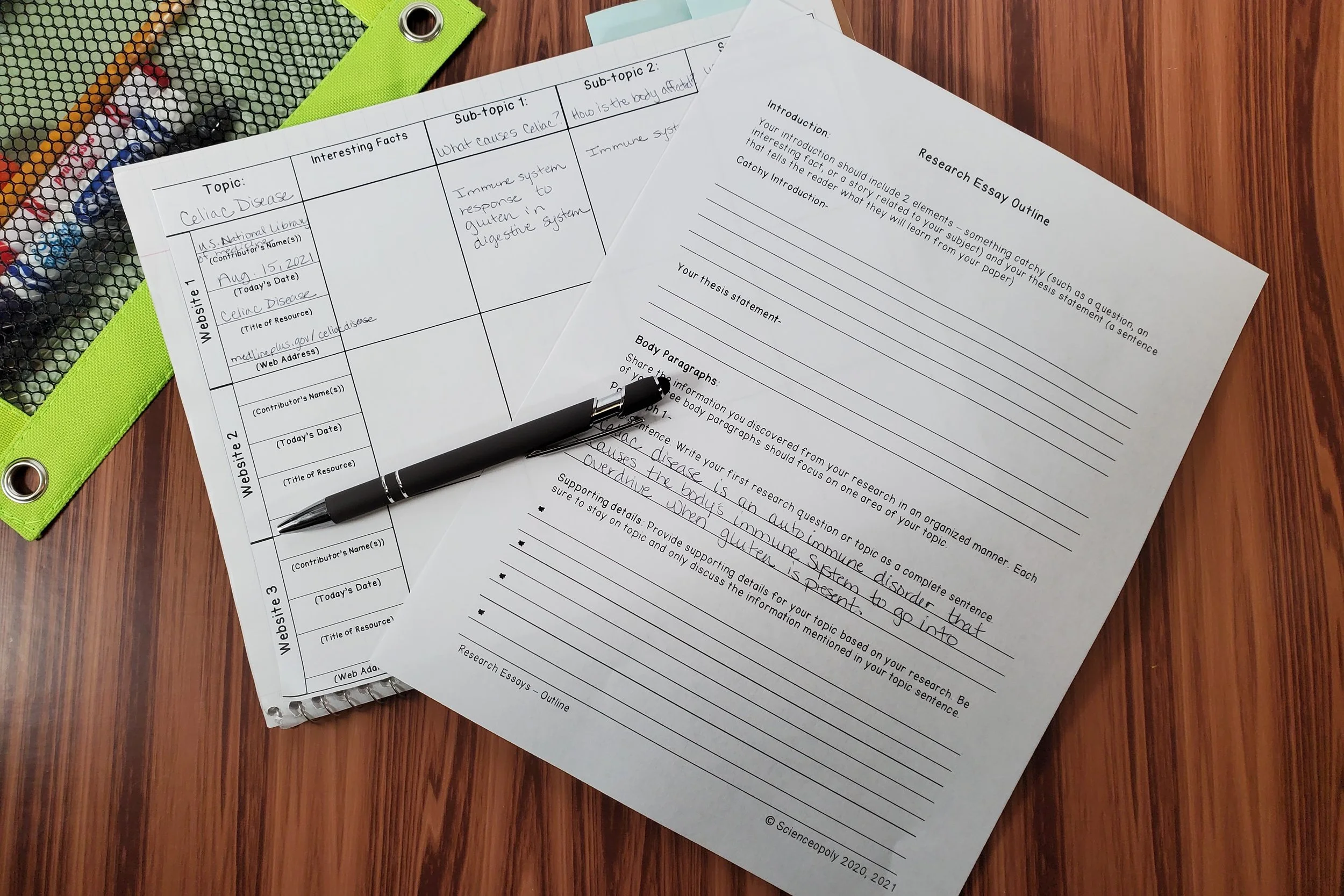Tips for Teaching Research Skills to Middle School Students
As an educator, you know how important it is to teach your students research skills like critical thinking and tracking down credible sources. That's why research essays are such an important part of science education! They allow students to delve into a topic and become experts in that field. They also help develop critical thinking and communication skills.
As part of my Cellular Respiration and Metabolism unit, I like to incorporate a research paper assignment focusing on infections and diseases. I feel like this is a perfect opportunity to teach research skills to my middle school students but also offer them a bit of independence in choosing their own topics of interest. Broadly, I ask them to research an infection or disease, preferably one that affects 1 of the 3 organ systems we study during this unit (digestive, respiratory, or cardiovascular) and I do offer them a selection of science research topics to choose from, but students are given a bit of freedom to choose topics based on their interests and I think that helps with the overall success of the assignment.
During this unit, students will explore the question “how do organ systems operate in order to reconstruct food and air molecules into new forms that provide energy for the living body?” The paper they research and write asks the question in a slightly different way: “What infections and diseases might prevent the body and organ systems from reconstructing molecules to create energy?” I think this is an interesting way for students to explore the Next Generation Science Standard MS-LS1-7: Develop a model to describe how food is rearranged through chemical reactions forming new molecules that support growth and/or release energy as this matter moves through an organism. Of course, the paper doesn’t have to be used as part of the unit, but I find it be a perfect place to build in time for teaching research skills.
Ultimately students will select just one disease or infection to report on, but I like to give them time during the first day of this activity to explore as many of the options as they would like. While I encourage better research practices later on, during this portion of “taste-testing” the research options, I let students rely on the summary box that often comes up at the top of their favorite research engine. I don’t like to spend more than 20 minutes on this portion, so it’s not time for a deep dive just yet. After exploring their options, they’ll narrow down to 4 top choices and begin brainstorming ideas for their final report using the graphic organizers I provide. I do let students offer up their own topic ideas, so long as they are an infection or disease affecting the human body and preferably one that effects the body systems we will focus (though I give some leeway here). Most of the topics on my suggestion list have a direct effect on the body’s metabolism as well, though not all of them do, so there is definitely some room for flexibility. Ultimately, the body is a system of smaller systems and if one part isn’t functioning properly for whatever reason, the larger system will be affected.
I will note that this is a place in my instruction where I approach with even more sensitivity than usual. Often times, students who want to explore a disease outside of the suggested list do so because someone they know has been affected by the disease. If students want to research something because they feel a personal connection to it, I let them. But I’m also sensitive to the fact that there might be other students who have been affected by disease in one way or another and may not be comfortable sharing or even researching about it. In building my class culture, I stress that we will be looking at the science aspect of these diseases, but we shouldn’t forget the human aspect either.
Since this assignment is an opportunity to explicitly teach research skills to my middle school students, I spend a good deal of time doing just that. I like to start with a Research Search Engine Guide, a worksheet that encourages students to think through their internet search before they head online. By completing this step, students avoid the frustration they can sometimes face when online searches yield limited results. Instead, they will be armed with different word variations on their topic, leading them to a more robust search. I also take the time to teach some of the tricks to navigating search engines, such as how to include or exclude certain words from your search results. Most importantly though, I like to focus on teaching students how to discern credible and valid information.
To do this, I use the Steps to Ensure Credibility and Validity handout. If you’re like me, you’ve had the experience of watching your students simply click on the first link that pops up in the search engine without even stopping to ask if it’s a credible and valid source. The steps to credibility handout is a great resource for students as it teaches them 5 simple questions they should ask before selecting their source. It encourages them to slow down and think about the information they are uncovering by looking at the domain source, the perspective and background of the author or group, and the sources used by the website. It also teaches them to read the information with a critical eye. Sometimes those first results on the search engine page are credible and valid, but not always. My goal is to teach students the skills necessary to discern the difference.
Finally, it’s time for students to conduct their research. For this, I like to use the Research Matrix which is designed to help students collect information in an organized manner while also collecting citation information about their sources. As part of the skills I am teaching my students during this assignment, I want them to practice collecting citation information and being able to cite credible sources. Depending on the level of my students, or the amount of instructional time we have, I might teach them to construct a bibliography or include in-text citations as part of the final paper but even if we don’t get that far, I feel comfortable knowing they have the citation information available as part of the Research Matrix.
The other thing I like about the Research Matrix is that the space for writing notes is small, forcing students to take notes rather than copy word for word what is written in their source. I find that this reduces and discourages plagiarism but quite a lot. In fact, even though I have a digital version of the Research Matrix available, I seldom use it. It is far too easy for students to copy and paste at that point. Students will often complain about this, but I remind my students that this is a note-taking guide, much like what we would use to take notes from a reading or lecture in class. The difference is that it has the added bonus of helping us organize our information for easier writing later on and it allows us to keep track of our sources properly.
Once students have completed their research using the Research Matrix, they are ready to begin writing, and most find the actual writing process is pretty easy thanks to all the time they spent researching in an organized manner. We use the Research Essay Outline worksheet to get started, transferring our well-organized information from the Research Matrix to the outline. I often advise students to begin with the body portion of the essay, leaving the introduction and conclusion for last. This may seem awkward, but the research students have been working on naturally fits into the body of the essay. After students have fit their research into the body paragraphs, they can go back and work on the introduction and then finally the conclusion.
Using the outline, students can now write a well-organized paper! Students are encouraged to write from their outline, following the flow they have created and turning bullet points into complete sentences. I love this assignment. I really feel that giving students direct, explicit instruction on research skills is so important, and the science classroom is an ideal place for that to happen. If you’d like to check out the resources I mentioned here and see how they might help you teach research skills in your classroom, check out the entire lesson packet here.
